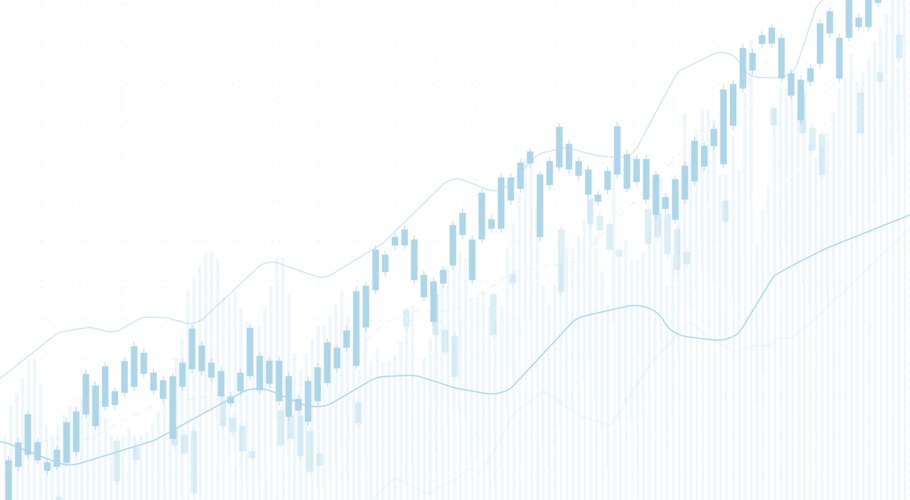Beyond COVID-19: key metrics and sectors to watch over 2020
The economic shockwaves of the worldwide pandemic shutdowns have been rapid and unprecedented. But, as with any change, there have been both winners – think logistics and land freight – and losers.
Coronavirus’ impact is set to echo through the Australian economy for the foreseeable future but that impact is far from even, says CommSec Senior Economist Ryan Felsman.
“In terms of the overall market, we retain our forecast of the S&P/ASX200 index reaching around 6,250 points by year end, but we also expect some near-term downside risks,” he says. “Economic data to be released in the next couple of months is likely to show the biggest economic contraction in decades, with unemployment at recessionary levels.
“In our view, lower interest rates support share valuations by lowering the yields of other asset classes, broadly supporting corporate earnings in a very challenging environment.”
Felsman says economic data releases are backward looking and will likely trough in the June quarter. The National Australia Bank (NAB) business survey had trading conditions and profits at record lows in April and an Australian Bureau of Statistics (ABS) survey on the business impacts of COVID-19, released in May, found almost three quarters of Australian businesses (72 per cent) reporting reduced cash flow.
Reduced demand for goods and services is expected to impact about seven in ten businesses over the next two months, while the ABS survey found two in five businesses expect a reduced ability to pay operating expenses. Three in five businesses had registered or intended to register for the JobKeeper Payment scheme. And Felsman said, “SMEs do not expect a quick recovery with only around 20 per cent estimating that their revenues will increase over the next four weeks”, citing data from ACA Research and Fifth Quadrant. There are concerns that ‘zombie’ companies are operating amid the COVID-19 shutdowns and may cease operating once the government’s JobKeeper wage subsidy support is wound back.
“We’ve already seen a huge number of ASX-listed companies abandon earnings guidance and trim targets for the 2020 fiscal year due to the impact of the virus,” Felsman says. “This is in the 70-80 per cent range for the consumer discretionary, industrials and real estate sectors.”
Disruption winners and losers
With the Federal Government taking a staggered approach to the reopening of the economy and normalisation of industries, and state governments equally cautious given the virus may flourish in colder weather, the pace of recovery may vary significantly between states.
Felsman expects the construction, mining, agriculture, education, retail trade, finance, health care, residential real estate and manufacturing industries to at least be partially reopened in May with wholesale trade, and transport and warehousing following in June should a second wave of infections be prevented. The international tourism industry will open last should international borders reopen by the end of 2020, but a “bubble” with New Zealand could be established earlier.
“In terms of the industries I think will be most disrupted from the COVID-19 crisis, commercial property and Real Estate Investment Trusts (REITs) will likely be impacted by retailers increasingly moving online and to suburban and industrial warehouses,” he says.
“And vacancy rates for commercial offices could lift as companies opt to reduce their footprint in favour of staff working-from-home arrangements amid heightened social distancing requirements and a desire to reduce operating costs.”
Travel companies and airlines are also clearly set to struggle.
“Aussies may prefer to drive and buy caravans rather than fly, take cruises and stay in hotels due to health safety concerns and the likely increased cost of airfares due to lower passenger numbers,” Felsman says.
“Of course, a retreat from globalisation and escalating trade tensions could see high-tech manufacturers, the health care sector, miners and agricultural-facing companies do well due to a desire to have more control over food security and medical equipment and supplies in the future. And Australia is likely to be seen as a safe haven for overseas customers given our relative success containing the virus outbreak.”
Vaccine development
However, global equity investors are forward looking and the biggest game-changer remains a vaccine or effective treatments.
Large pharmaceutical companies are racing to conduct clinical trials on promising vaccines while epidemiologists at a host of global universities have also been engaged to fight COVID-19. The extent to which the market “prices in” a cure will also be key.
“While a vaccine is still expected to be up to 12 months away from being used to treat virus patients, investors with exposure to healthcare companies have been rewarded with strong share price performance given the defensive posture of the sector in the downturn and positive sentiment associated with potential COVID-19 cures,” Felsman says.
“But while the development of a vaccine and anti-viral treatments are supportive of markets, the potential for secondary virus transmissions and rolling economic shutdowns in the interim, could pose downside risks to sharemarket performance. In the near-to-medium term, uncertainty over the US Presidential election, trade sanctions, secondary virus infections, a potential rollback in fiscal policy support and rising business insolvencies pose significant but not insurmountable challenges to the outlook for shares.”

